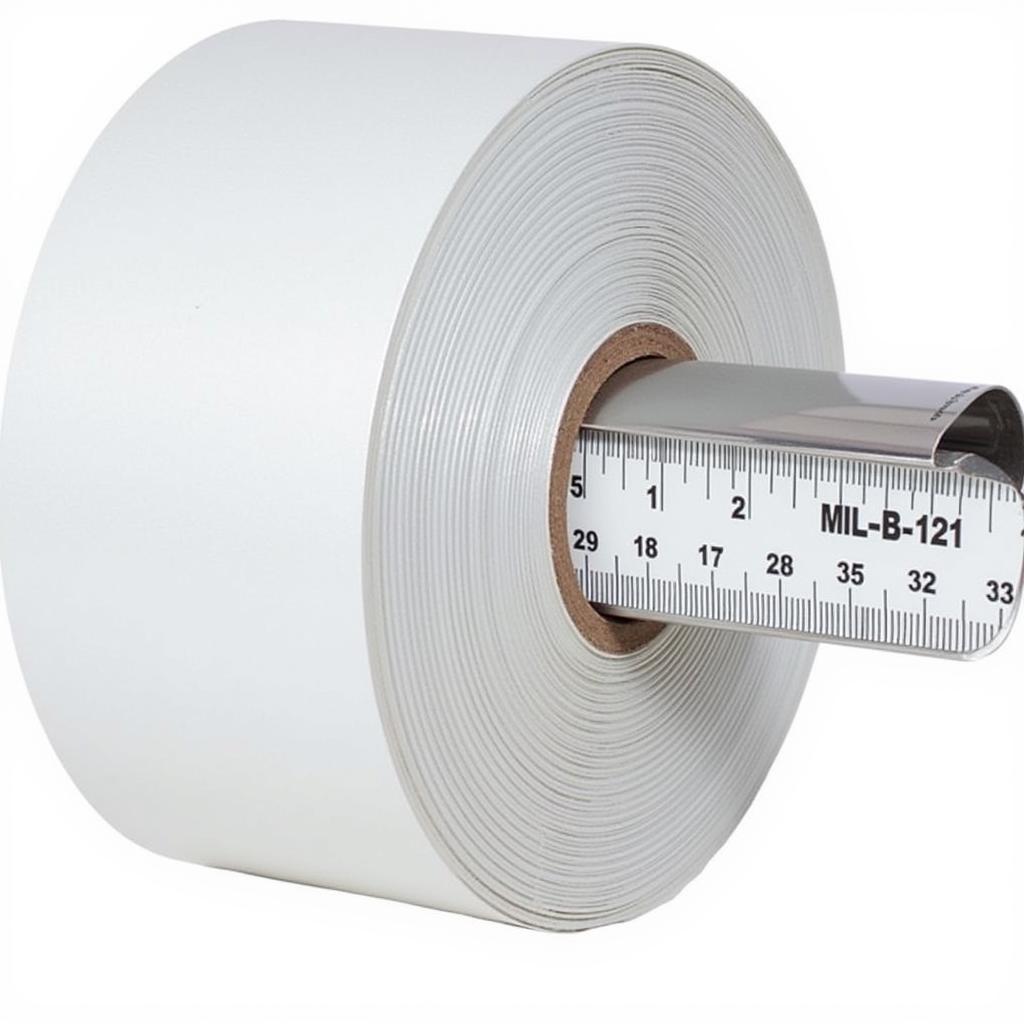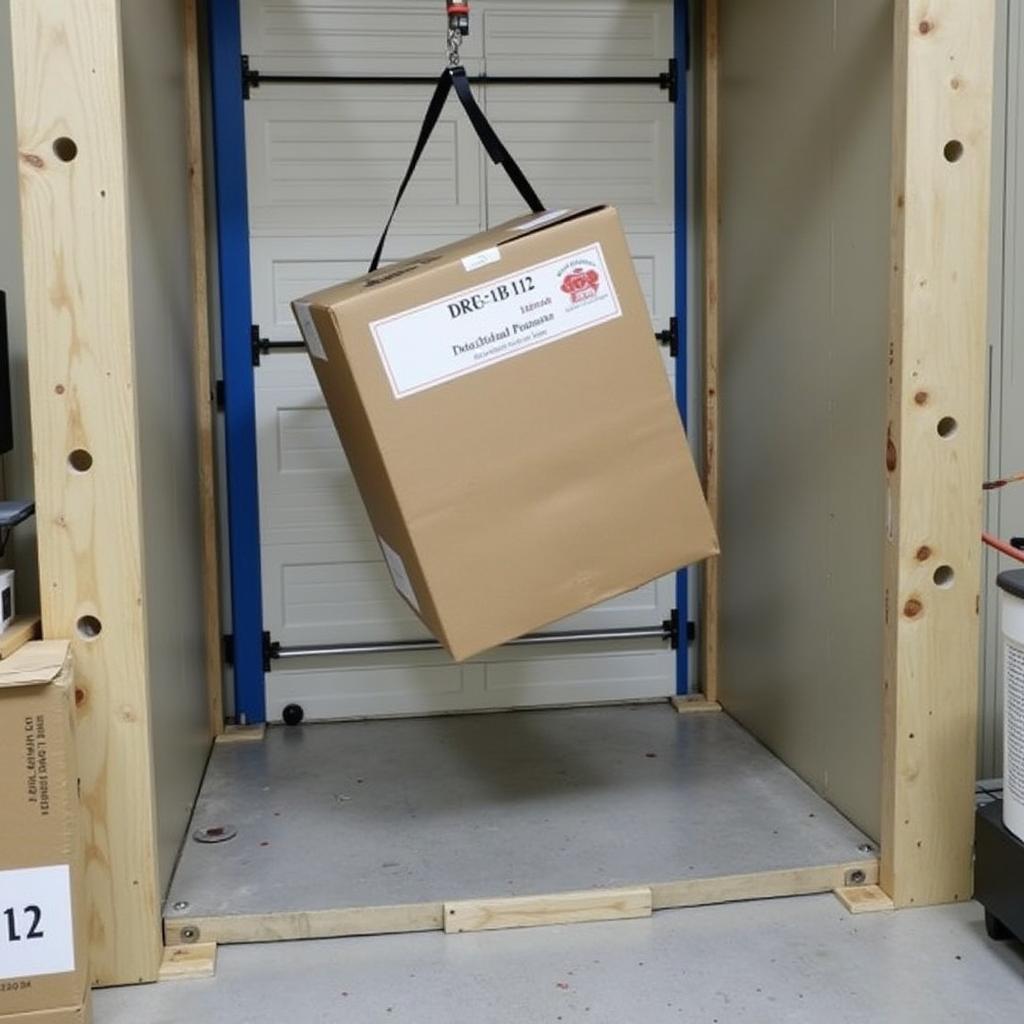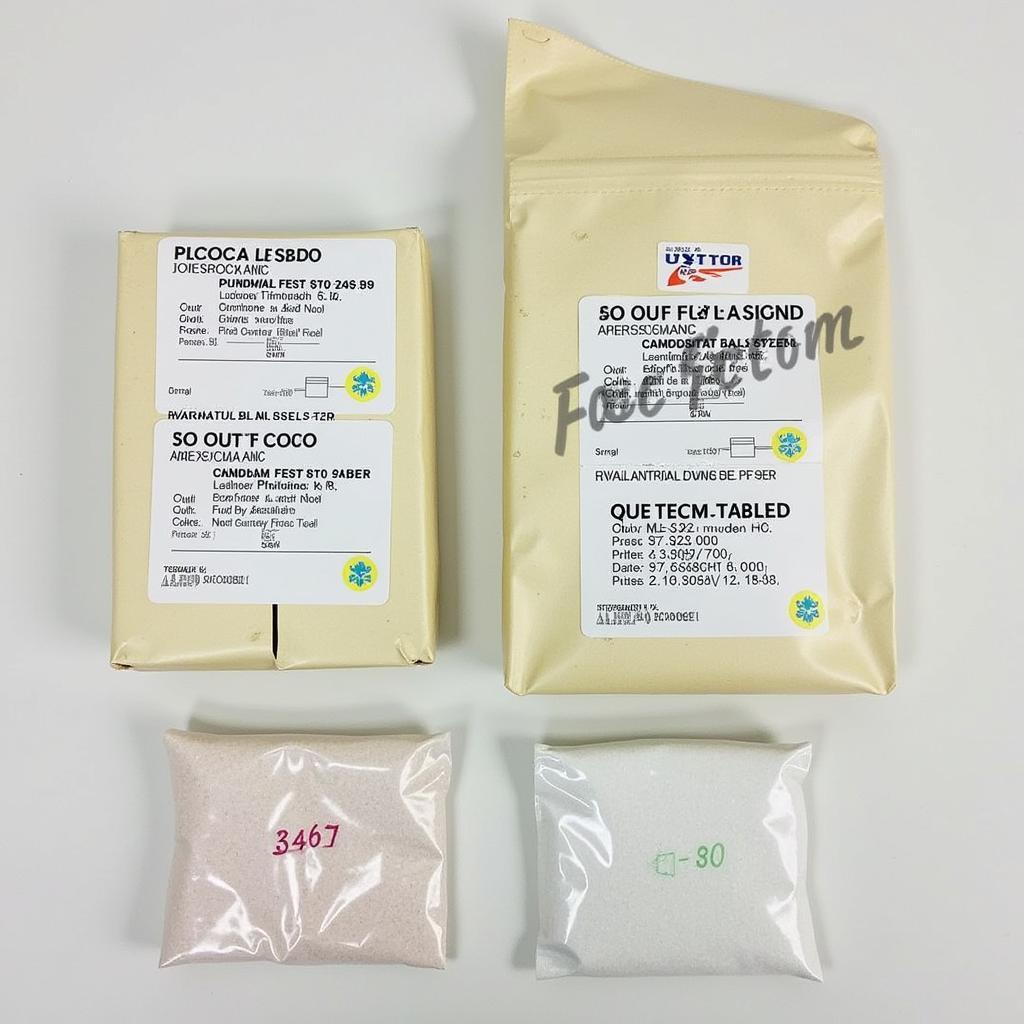Understanding MIL-B-121
November 2, 2024MIL-B-121 is a military specification that defines the requirements for barrier materials used in packaging to protect sensitive equipment from corrosion. It’s crucial for ensuring the longevity and effectiveness of military hardware in diverse and often harsh environments. Understanding this specification is vital for anyone involved in the supply chain of military equipment. This includes manufacturers, packers, and even those responsible for storage and transportation.
What is MIL-B-121? A Deep Dive
MIL-B-121 outlines the specific properties and performance criteria for barrier materials, including their ability to resist water vapor, oxygen, and other corrosive elements. The specification aims to create a uniform standard for packaging materials, guaranteeing a consistent level of protection for vital military assets. This consistent protection is critical for maintaining the readiness and operability of everything from small electronic components to large weapon systems.
 Example of MIL-B-121 Compliant Barrier Material
Example of MIL-B-121 Compliant Barrier Material
This specification dictates several key parameters, including water vapor transmission rate (WVTR), oxygen transmission rate (OTR), and resistance to various chemicals and environmental conditions. Meeting these stringent requirements ensures that packaged equipment remains in optimal condition, even when exposed to extreme temperatures, humidity, or corrosive atmospheres.
Key Requirements of MIL-B-121 Packaging
The core of MIL-B-121 focuses on minimizing the ingress of moisture and other harmful elements. This is achieved through specific material properties and testing procedures outlined in the specification. Manufacturers must adhere to these guidelines to ensure their packaging meets the required standards. For example, the materials must withstand specific drop tests and tensile strength tests to ensure durability and resistance to physical damage during handling and transportation.
 MIL-B-121 Package Undergoing Testing
MIL-B-121 Package Undergoing Testing
Specific requirements include low WVTR and OTR values, ensuring a minimal amount of moisture and oxygen can permeate the barrier material. Furthermore, the materials must be resistant to a range of chemicals, including solvents and fuels, preventing degradation and ensuring the integrity of the packaging.
Why is MIL-B-121 Important?
Maintaining the operational readiness of military equipment is paramount, and MIL-B-121 plays a critical role in achieving this objective. By providing a standardized framework for barrier materials, the specification helps prevent corrosion and other forms of damage, ultimately ensuring the longevity and reliability of valuable military assets. This not only saves costs in the long run by reducing the need for repairs and replacements but also ensures that equipment is readily available when needed.
Ensuring Compliance with MIL-B-121
Meeting the requirements of MIL-B-121 requires meticulous attention to detail throughout the manufacturing and packaging process. Manufacturers must carefully select materials and conduct rigorous testing to validate compliance. This includes proper documentation and certification to demonstrate adherence to the specification.
 Example of Fully Compliant MIL-B-121 Packaging
Example of Fully Compliant MIL-B-121 Packaging
Common Misconceptions about MIL-B-121
One common misconception is that any barrier material can be used for military packaging. However, only materials that specifically meet the requirements of MIL-B-121 are acceptable. Another misconception is that the specification only applies to the barrier material itself. In reality, the entire packaging system, including closures, seals, and desiccants, must be considered to ensure complete protection.
Conclusion
MIL-B-121 is a critical specification for ensuring the protection of sensitive military equipment from corrosion and other environmental hazards. Understanding and adhering to this standard is essential for maintaining the readiness and effectiveness of military assets. By meeting the stringent requirements of MIL-B-121, we can ensure that our military personnel have the reliable equipment they need to perform their duties effectively.
FAQ
- What does MIL-B-121 stand for? It stands for Military Specification Barrier Materials.
- What types of materials are covered by MIL-B-121? Various barrier materials, including films, foils, and laminates.
- How is MIL-B-121 compliance tested? Through a series of tests outlined in the specification, including WVTR and OTR measurements.
- Where can I find the full text of MIL-B-121? It can be accessed through various online resources and government websites.
- What is the importance of using MIL-B-121 compliant packaging? It protects sensitive military equipment from corrosion and ensures its longevity.
- What are the consequences of not complying with MIL-B-121? It can lead to equipment damage, malfunction, and safety hazards.
- Is MIL-B-121 updated regularly? Yes, to keep up with evolving technology and environmental concerns.
Common Scenarios and Questions
-
Scenario: Shipping sensitive electronic equipment to a humid environment. Question: What type of MIL-B-121 compliant barrier material is best suited for this scenario?
-
Scenario: Storing military vehicles in long-term storage. Question: What additional measures, besides MIL-B-121 compliant packaging, can be taken to protect against corrosion?
Further Reading and Resources
For more information on related topics, check out our article on sheepadoodle colorado.
Call to Action
For assistance, please contact us at Phone: 0963418788, Email: [email protected], or visit us at 2M4H+PMH, Phường Nghĩa Thành, Gia Nghĩa, Đắk Nông, Việt Nam. We have a 24/7 customer service team.